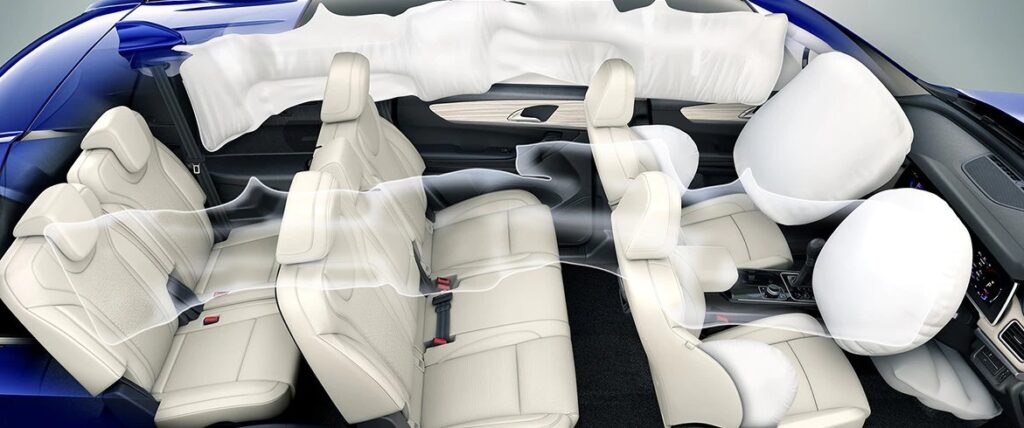From October 2022, all passenger vehicles in India will be mandated to have six airbags

Image credit: Fox Story India
At the moment, all passenger vehicles in India come standard with two airbags, with vehicles costing more than Rs 10 lakh getting six airbags, at least on the top variant.
India’s Ministry of Road Transport and Highways (MoRTH) has approved a draught notification making six airbags mandatory for all passenger vehicles in India from October 1, 2022, in a major step toward improving vehicular safety in the country. On January 14, Union Minister Nitin Gadkari tweeted that the Ministry of Road Transport and Highways (MoRTH) has approved the decision to make six airbags mandatory for all passenger vehicles in India that come under the M1 category – and can seat up to eight passengers.
Gadkari outlined the need for six airbags in all passenger vehicles, saying that four additional airbags (two side/side torso and two side-curtain/tube types covering all outboard passengers) will soon be mandated for all passenger vehicles on sale in India to “minimise the impact of frontal and lateral collisions” on front and rear passengers.
Gadkari first encouraged carmakers in India to supply at least six airbags as standard on all variations of each vehicle they manufacture, regardless of body design or segment they operate in, at a meeting with the Society of Indian Automobile Manufacturers (SIAM) in August 2021.
Currently, most automobiles priced above Rs 10 lakh in India come with six airbags, at least on the most costly, fully-loaded variant.
The driver-side airbag became necessary in India in 2019, and the front passenger airbag became mandatory on January 1, 2022. Not long ago, certain low-cost vehicles were even available without any airbags.
This will almost certainly lead to an increase in vehicle prices across the board, particularly at the lower end of the scale, as few automobiles would become significantly more expensive. With new safety features like electronic stability control (ESC), autonomous emergency braking (AEB), and tyre pressure monitoring systems (TPMS) expected to become essential in the next years, vehicle prices will almost surely rise sharply.
